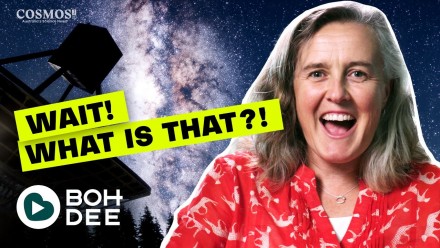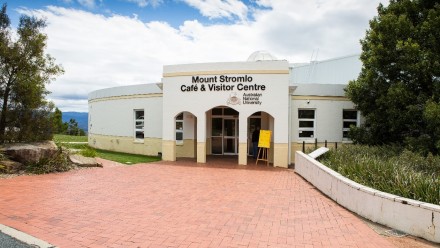Heavens, What a Mess! Understanding and Dealing with the Problem of Space Debris
Since 1957, the near-earth population of trackable space objects has grown from 1 to over 18,000. These objects are typically softball size or larger. Of these 18,000+ trackable objects, only several hundred are operational spacecraft. The remainder are pieces of space junk, that is, objects which no longer serve any useful purpose. Some of these objects are fragments from explosions while others are from the breakup of satellites or rocket boosters. In addition to the trackable objects, there are several hundred thousand objects the size of marbles and several million objects the size of sand grains.
As a result, all spacecraft that operate in low-earth-orbit (such as the International Space Station) are subject to high-speed impacts by space junk, which is also called ‘space debris’ or ‘orbital debris’. The threat of damage from high-speed orbital debris particle impacts has become a significant design consideration in the development and construction of long duration earth-orbiting spacecraft. Even a marble-size piece of space debris can inflict considerable damage to or even destroy an orbiting operational spacecraft or satellite. Considerable resources have been expended by NASA, the European Space Agency (ESA), and many other countries around the world to design and build spacecraft that can survive in the hostile space environment and which can be protected from damage by pieces of space junk.
During this presentation a variety of topics related to space debris will be reviewed, including: • Where does space debris come from? • How much space junk is really out there? • What happens when a spacecraft is hit by a piece of space junk? • How can we protect a spacecraft against damage by space debris impacts? • Is there any way to clean up the near earth region of space? • Will the situation improve or worsen in the future?
Dr. William P. Schonberg is a Professor in the Civil, Architectural, and Environmental Engineering Department at the Missouri University of Science and Technology. Dr. Schonberg has over 30 years teaching and research experience in the areas of shock physics, spacecraft protection, hypervelocity impact, and penetration mechanics.
Please note that the cafe will not be open and no food or drink will be available for purchase. The Visitor Centre will be open from 1:30pm-3:30pm.









